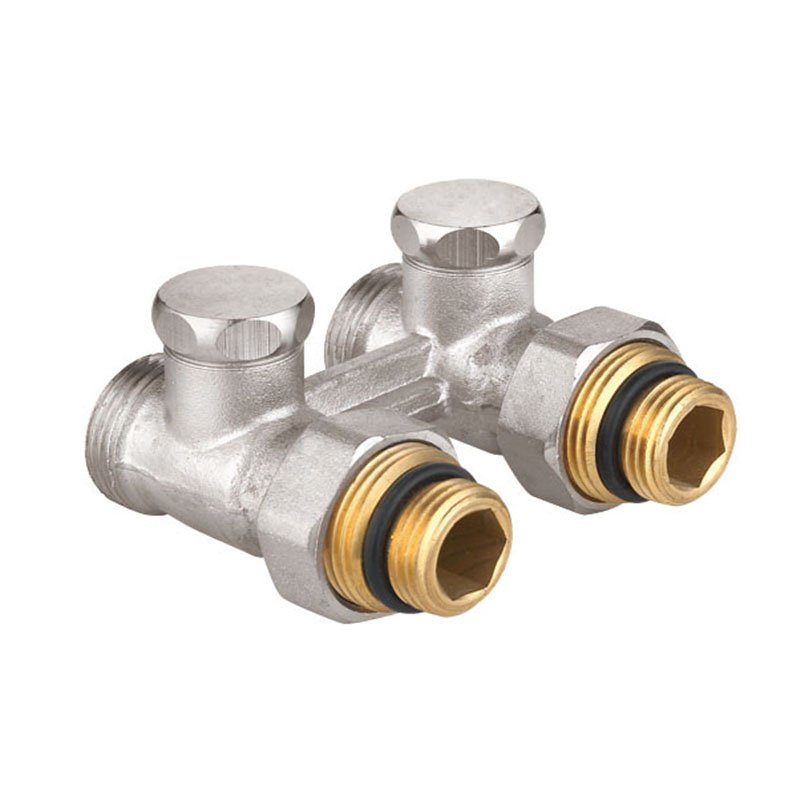You’ve just bled your radiator, but it’s still not warming up fast enough—or worse, it’s staying cold. Frustrating, right? A cold radiator can leave your home chilly, spike your energy bills, and signal bigger issues like trapped air or faulty valves. Don’t worry—this guide breaks it down step-by-step, showing you how long it should take and how to fix common problems.
After bleeding a radiator, it typically takes 5 to 30 minutes to heat up fully, depending on your system’s size, boiler efficiency, and water flow. If it’s still cold after an hour, there might be air trapped, a stuck valve, or pressure issues needing attention.
Curious why your radiator isn’t performing? Stick around—we’ll dive deeper into what’s going on and how to get that cozy warmth back fast.

What Does It Mean If Your Radiator Is Cold at the Bottom and Hot at the Top?
Ever noticed your radiator is hot at the top but cold at the bottom? This is a classic sign something’s off. Usually, it means sludge or air is blocking the hot water from circulating fully. The top heats up because hot water rises, but the bottom stays chilly if the flow’s interrupted. It’s annoying—your room feels unevenly warm, and you’re wasting energy.
This could happen if you’ve been bleeding radiator water but no air comes out, or maybe after you’ve bled the radiator but it’s still cold at the bottom. Sludge builds up over time, especially in older systems, slowing down water movement. Another possibility? The radiator flow pipe is cold because of poor circulation. To fix it, try bleeding again or flush the system. For stubborn cases, a power flush from a pro might be your best bet. Keeping both pipes hot—should both pipes on a radiator be hot—is the goal for even heating.
How to Fix a Stuck Radiator Valve Pin?
A stuck valve pin is a sneaky culprit behind a cold radiator. If your heating’s on but all radiators are cold, or maybe just 2 radiators aren’t heating up, the pin might be jammed. This little piece controls water flow into the radiator—when it sticks, no hot water gets through, and you’re left shivering.
First, turn off your heating and let things cool down. Find the valve—usually on one side of the radiator—and remove the cap. You’ll see a small metal pin. Gently tap it with a hammer or push it with pliers. If it moves freely, you’re golden. Add a drop of oil to keep it smooth. Still stuck? It might be time to replace the valve. IVALVECRAFT’s brass thermostatic radiator valves are built tough, with stable export pressure and sufficient flow rate, so you won’t wrestle with this issue often.
How Long Should Air Come Out of Radiator When Bleeding?
When you’re bleeding a radiator, how long should that hissing last? Normally, air escapes for just a few seconds—think 5 to 20—before water starts trickling out. If you’re bleeding radiator water but no air shows up right away, the air pocket might be tiny or already gone. But if air keeps coming for over a minute, you’ve got a bigger problem—like a system sucking in air somewhere.
A radiator pipe hot one side, cold the other could hint at trapped air messing with flow. Keep the bleed key in until water flows steadily, then close it quick. If the radiator’s still cold after, or you’ve got a radiator hot at top, cold at bottom, double-check the pressure. IVALVECRAFT’s pressure reducing valves can help maintain that stable export pressure, avoiding air lock headaches. Most systems settle within 30 minutes post-bleed—any longer, and it’s time to investigate.
Summary
So, how long does a radiator take to heat up after bleeding? Usually 5 to 30 minutes, but if it’s lagging—or you’re dealing with a cold radiator, uneven heat, or stuck valves—there’s more to tackle. We’ve covered why your radiator might be hot at the top, cold at the bottom, how to free a stuck pin, and what to expect when bleeding air. With quality gear and a little know-how, you’ll keep your heating humming. For Antonio in Russia or any savvy buyer, partnering with a reliable supplier makes all the difference.
Choose IVALVECRAFT, choose reliable partner, enjoy the high quality and best service.


